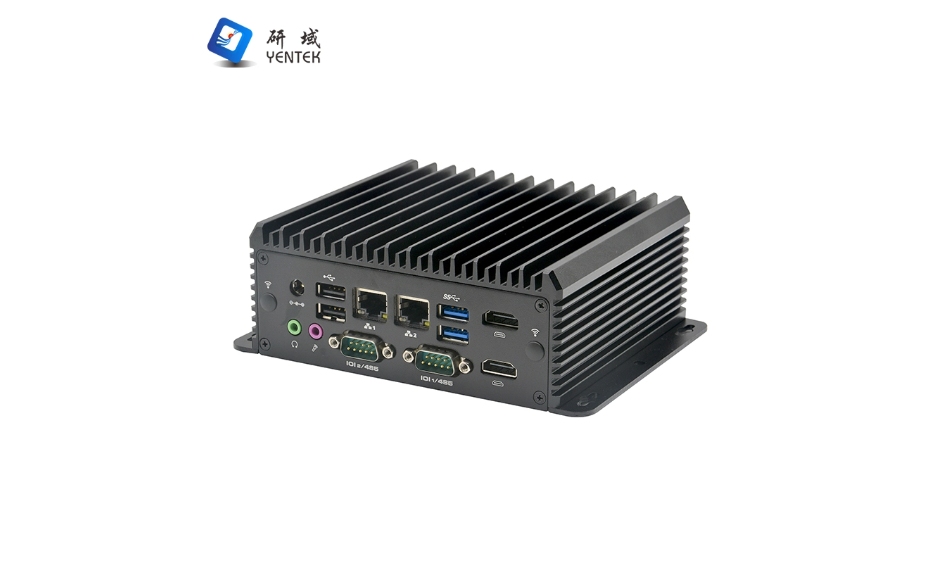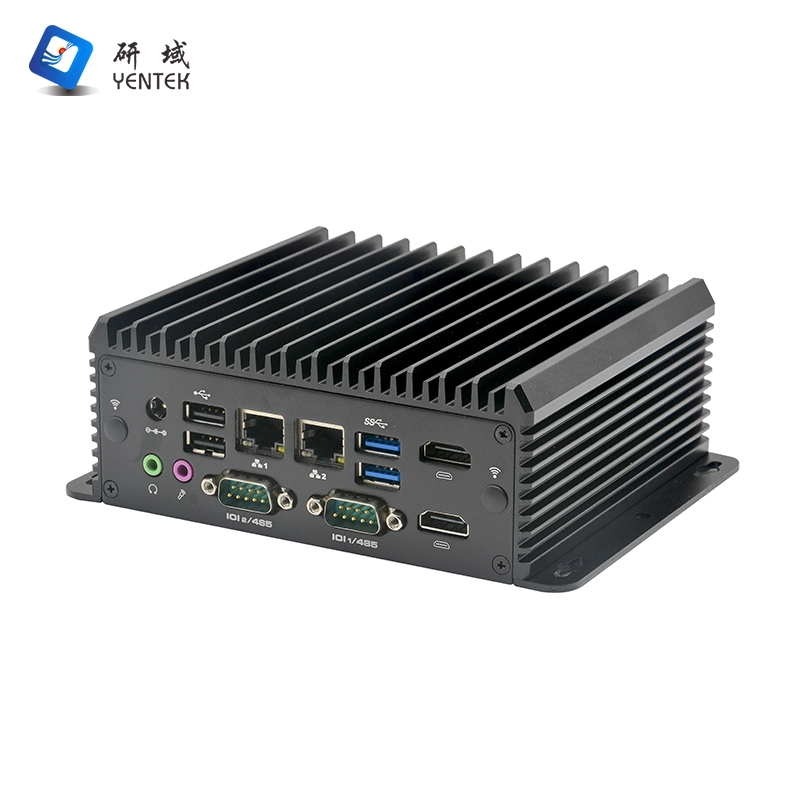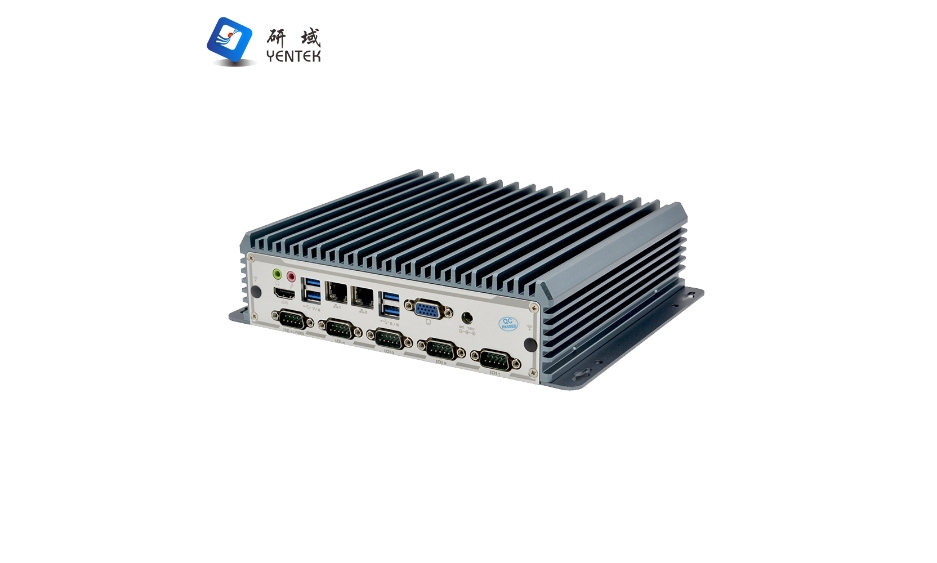Securing Industrial Networks: The Importance of Embedded Computers
In today's interconnected world, industrial networks face increasing threats from cyberattacks. The integration of embedded computers into these networks is essential for enhancing security and ensuring the reliable operation of industrial systems. This article delves into the significance of embedded computers in securing industrial networks, exploring their roles, challenges, and best practices for implementation.
Understanding Embedded Computers in Industrial Networks
Definition and Functionality
Embedded computers are specialized computing systems designed to perform dedicated functions within larger mechanical or electrical systems. In industrial environments, they are crucial for automating processes, monitoring systems, and controlling machinery. Their functionality includes:
Real-time Processing: Embedded computers can process data instantly, making them ideal for applications requiring immediate responses.
Data Acquisition: They collect data from various sensors and devices, enabling real-time monitoring and analysis.
Control Systems: These computers manage the operation of machinery and equipment, ensuring optimal performance.
Advantages of Embedded Computers
Reliability: Built to withstand harsh industrial conditions, embedded systems offer high reliability and uptime.
Energy Efficiency: Their low power consumption contributes to reduced operational costs.
Compact Design: Their small size allows for integration into existing machinery without requiring significant modifications.
The Cybersecurity Landscape in Industrial Networks
Growing Threats
Industrial networks are increasingly targeted by cybercriminals due to their critical role in infrastructure and the potential impact of successful attacks. Common threats include:
Malware Attacks: Malicious software can disrupt operations and compromise sensitive data.
Ransomware: Attackers can encrypt critical data and demand ransom for its release.
Insider Threats: Employees or contractors with access to systems can inadvertently or maliciously compromise security.
Vulnerabilities in Legacy Systems
Many industrial systems rely on legacy devices that use outdated communication protocols, making them particularly vulnerable to cyber threats. These systems often lack modern security features, increasing the risk of exploitation.

Securing Embedded Computers in Industrial Networks
Security by Design
Implementing security measures from the earliest stages of system development is crucial. This approach involves:
Threat Modeling: Identifying potential threats and vulnerabilities during the design phase.
Minimizing Attack Surfaces: Reducing unnecessary functionalities to limit exposure to attacks.
Rigorous Testing: Conducting thorough testing and validation to ensure security measures are effective.
Best Practices for Network Security
Network Segmentation: Dividing the network into separate zones can minimize the impact of a breach by restricting traffic between segments.
Intrusion Detection Systems (IDS): Deploying IDS can provide real-time monitoring and alerts for suspicious activities within the network.
Regular Updates and Patching: Keeping firmware and software up-to-date is essential for protecting against known vulnerabilities.
Implementing Robust Security Measures
Encryption and Authentication
To secure data transmission and access to embedded systems, organizations should implement:
Encryption Protocols: Utilizing SSL/TLS for secure communication channels helps protect data integrity and confidentiality.
Strong Authentication Mechanisms: Implementing multi-factor authentication ensures that only authorized users can access sensitive systems.
Continuous Monitoring and Management
Maintaining network security requires ongoing efforts, including:
Network Security Management Tools: Utilizing tools that visualize network health and facilitate policy enforcement can enhance security management.
Incident Response Plans: Developing comprehensive plans to address potential breaches ensures organizations can respond swiftly to mitigate damage.

Challenges in Securing Embedded Systems
Complexity of Modern Systems
The increasing complexity of embedded systems poses significant challenges for security. As more devices become interconnected through IoT (Internet of Things), the potential attack surface expands, necessitating robust security measures.
Insider Threats and Supply Chain Risks
Organizations must also consider insider threats and vulnerabilities within their supply chains. Ensuring that third-party components meet security standards is essential for maintaining overall system integrity.
Future Trends in Embedded Computer Security
Integration of AI and Machine Learning
The incorporation of artificial intelligence (AI) and machine learning into embedded systems will enhance their capabilities in detecting anomalies and responding to threats in real-time.
Enhanced Connectivity with IoT
As industries adopt more IoT devices, securing these connections will become increasingly important. Implementing secure communication protocols will help protect against unauthorized access.
Adoption of Edge Computing
Edge computing allows data processing closer to the source, reducing latency and improving response times in critical applications while enhancing security by limiting data transmission over less secure networks.

Conclusion
The importance of embedded computers in securing industrial networks cannot be overstated. As cyber threats continue to evolve, organizations must prioritize robust security measures throughout the lifecycle of their embedded systems. By implementing best practices such as network segmentation, encryption, continuous monitoring, and a focus on security by design, companies can protect their critical infrastructure from potential breaches. The future of industrial cybersecurity lies in proactive measures that integrate advanced technologies while addressing emerging challenges effectively.
The Role of Embedded Industrial Computers
